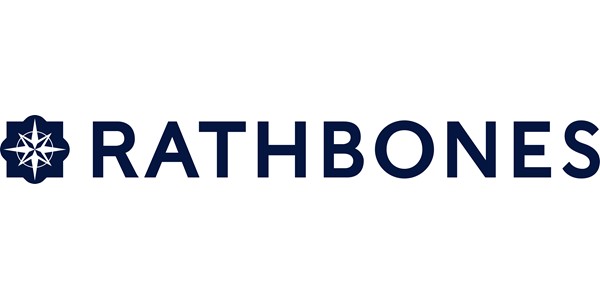
Services Provided
- Discretionary
- Advisory
- Execution
Location
- 1 UK Location
Investment
- Wealth Manager, Investment Manager, Private Bank
- Founded 1742
Pooled Accounts
- Minimum Account £10K
- Assets Under Management £469M
- Number Of Clients 170
Segregated Accounts
- Minimum Account £1M
- Assets Under Management £9B
- Number Of Clients 3000
About Rathbones Group
Rathbones is one of the leading charity investment managers in the UK. Charities have been entrusting their investments to us for over 100 years and we currently manage £9.5bn* on their behalf, making us the third largest manager of such assets in the UK. We have a large and dedicated charity team, backed by a well-resourced multi-asset investment process and dedicated charity service, events schedule, educational, and thought leadership offering.
In addition to discretionary investment management services, we offer a number of pooled fund options, including our flagship charity fund, The Rathbones Charity Growth & Income Fund, launched recently - our new multi-asset solution tailored for UK charities seeking long-term growth, reliable income, and responsible stewardship.
From navigating the complexities of charitable investing to offering timely advice on changes in legislation and regulation, we'll be there to ensure you can focus on providing a stable future for those who benefit from your work.
* As at 30 September 2025
Latest Articles
Upcoming Events

Live webinar - AI for charities
12.03.2026 12:00 - 13:00Our Philosophy
Our investment philosophy and process creates a strong yet flexible framework for our investment professionals to share ideas and challenge each other’s views. It’s constantly evolving, and we continue to invest in the resources required to ensure it remains robust.We believe a long-term investment strategy incorporating an asset allocation framework is the key to providing consistent risk-adjusted returns. As a result, strategic and tactical asset allocation decisions are the basis for all portfolios and funds we manage.
We use quantitative and qualitative inputs to guide our strategic asset allocation decisions, combining in-house research and analysis with insights from specialist UK and overseas third-party strategists. This enables us to develop long-term strategic asset allocation positions and tactical and thematic ideas to capture specific opportunities.
Our approach recognises that assets behave differently in different market conditions. By dividing asset classes into three distinct categories through our LED framework (liquidity, equity-type risk and diversifiers) we are better able to control and manage risk.
Our LED investment framework supports a forward-looking approach to strategic asset allocation. It’s a unique way of reducing real risk in investment portfolios. Since 2009, we’ve divided up the various investable asset classes into three distinct categories:
‘Liquidity’ - easily tradable, secure investments such as government bonds, high quality corporate bonds and cash. These should have low levels of volatility, at least in comparison to other asset classes, and should be readily realisable even during periods of market stress. The weighting will, to a material extent, reflect your risk tolerance.
‘Equity Risk’ – assets that can drive growth which are highly correlated with, or sensitive to, the economic cycle and investor sentiment. Investments such as UK and overseas equities plus higher yielding corporate bonds are good examples. These investments should, given their more volatile and risky nature, generate the bulk of the longer-term returns of the portfolio.
‘Diversifiers’ – assets that should in theory be relatively uncorrelated to the economic cycle and aim to generate returns independent of economic and market conditions. This portion should provide further diversification vs. equities and bonds and therefore reduce the portfolio’s overall risk profile.
Key to our approach is ensuring that we combine these different categories of investments (Liquidity, Equity Risk and Diversifiers) to meet a charity’s objectives. Relative weightings will vary as different opportunities or risks arise, or if a charity’s requirements change.
